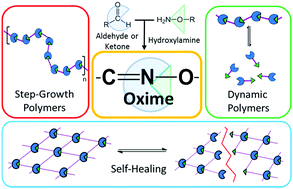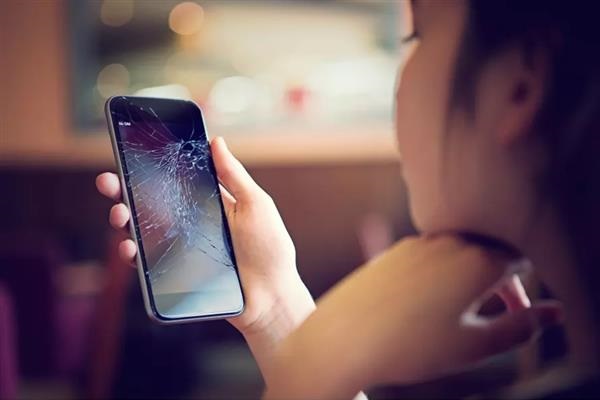Researchers at the University of Melbourne (in Australia) are currently developing 3D printed gel that could be used to fix a smartphone’s broken screen.
Accompanied by engineers from Melbourne School of Engineering, Dr. Luke Connal and Dr. Zeyun Xiao, Ph.D. student Milena Nadgorny led the project. The latter is published in the Journal of Design and Engineering of Molecular Systems of the Royal Society of Chemistry.
The self-healing gel comprises polymer which regenerates after damage, such as living tissue. Called ethyl methacrylate and hydroxyl, the base polymer is used for several types of contact lenses. It is therefore its regenerative properties that give it the ability to reconstitute a broken smartphone screen or other objects that may experience external pressures (like cars).

According to the research, “self-healing materials are capable of recovering from damages and restoring their functionality, just like the natural ability of living creatures to repair their tissues…This unique property offers the ability to extend the lifetime of products, which is usually limited by mechanical failures.”
Testing self-healing abilities
A sea star and 3D printed self-rolling “cigars” were used to demonstrate the viability of the research. They used a mix of ingredients similar to those found in a medicine cabinet and a kitchen.

The researchers used a 3D Bioplotter from EnvisionTEC to 3D print the gel using a syringe. In order to verify the self-healing capabilities, they 3D printed a starfish shape, thereafter made a deep cut on top with a scalpel.

Dr Connal explains that the healing process is based on dynamic covalent chemistry: “this means we can form, break, and reform chemical bonds. When we can do this in a controlled and triggered manner we can manipulate the properties of the printed objects.”
For further information about 3D printing, follow us on our social networks!






